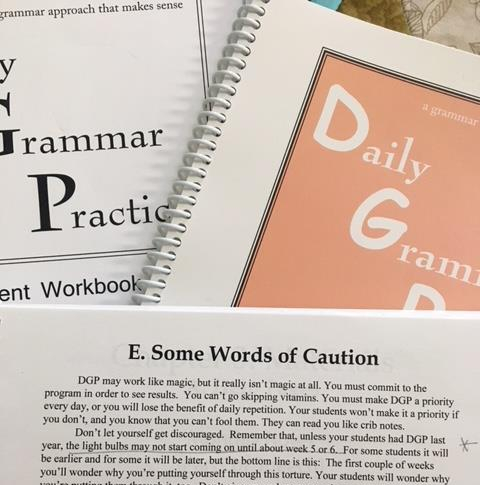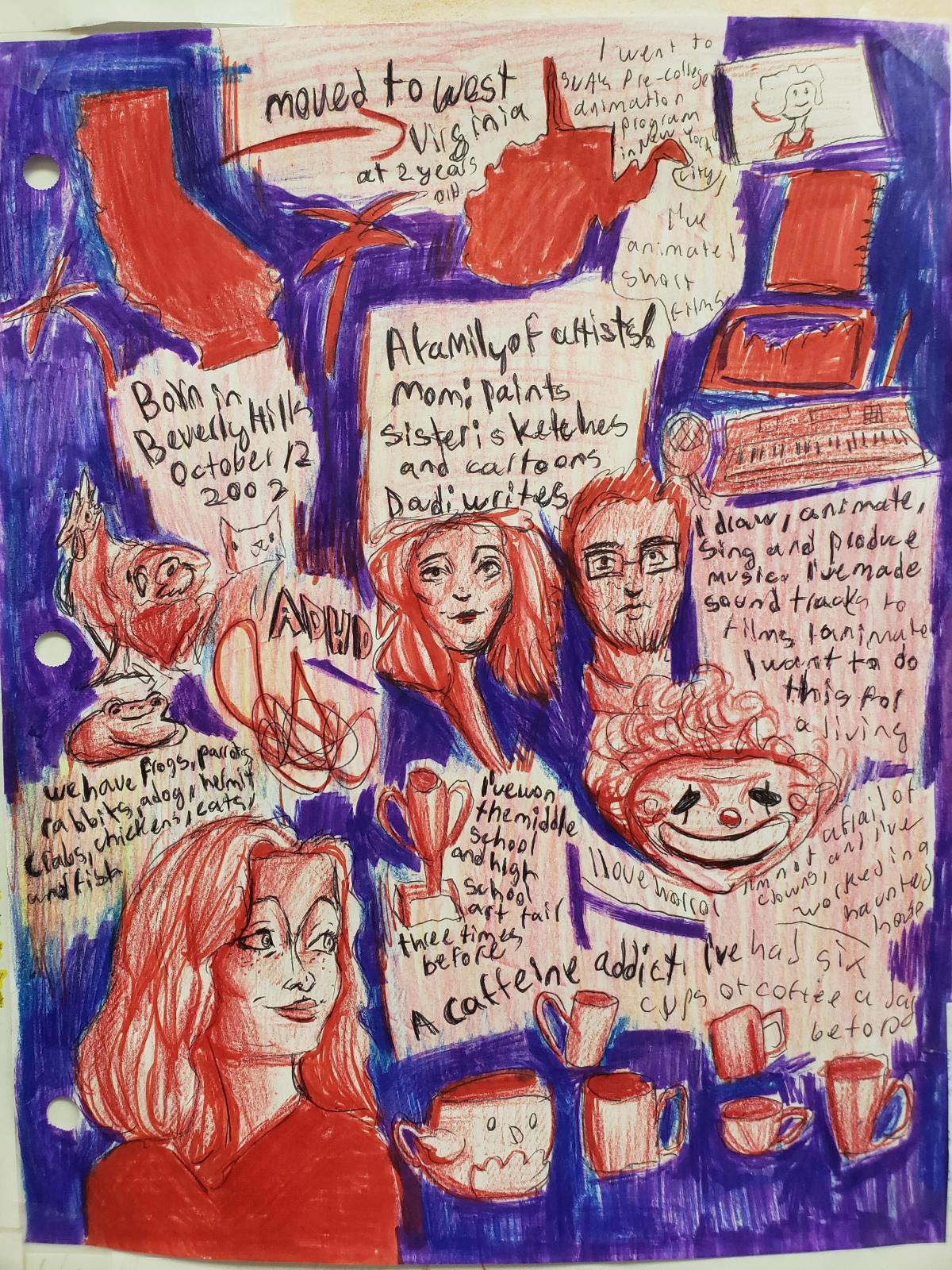By Adrin Fisher
Not to date myself, but when I was in eighth grade, there was this thing called diagramming sentences. There was a lot of diagramming sentences in my English class: we headed to the blackboard and grabbed some chalk with our homework papers held in sweaty fists, filling the boards with slanted lines bearing adjectives. At first it was stressful, like speaking a new language, but after a while it became—dare I say—fun. How exciting it was to command a sentence! To make words march to their exact spots! To say, you, word, are definitely a predicate adjective separated from the verb by a slanted half line. You, word, are a subordinate conjunction floating between clauses. Victory!

As time passed, though, diagramming sentences—a staple in English classrooms for decades—began to fall out of favor. Really, in my experience, grammar instruction itself began to fall out of favor. I started my career in Western New York teaching 11th grade—Regents Exam year. At that time, the English Regents Exam (one of five capstone tests students had to pass to graduate from high school) was changing. On the older test, there was a section of spelling, a section of grammar and usage, and some reading passages. The year I started, the exam transitioned to four essays. Grammar was now judged via writing.
After I moved home to West Virginia, the same sort of transition followed. As a 7th grade teacher I was given grammar and spelling books, but needed to bring more reading into the curriculum to prepare for the end-of-year state test. I hung onto the grammar book for the first year or so, but started to let major grammar instruction fade into the background. Let’s face it, teachers: it’s hard to make the difference between a demonstrative pronoun and an indefinite pronoun fancy. It’s hard to maintain student interest in rote, isolated grammar instruction with drill and skill sheets. And, why struggle?
We educators struggle because we know empirically that grammar instruction is imperative. Obviously, we want our students to leave high school sounding educated. WE educated them, after all. We know that those high school bugaboos—the SAT and the ACT—have sneaky little questions about semicolons and the-best-way-to-rewrite-this-sentence.
But how to make grammar instruction palatable? Grammar books are long gone from most of our classrooms, though WV’s current College and Career Readiness Standards do sneak in requirements like the correct usage of absolute phrases (grade 10).
And more importantly—how to make grammar instruction stick?
Enter one solution: Daily Grammar Practice.
I first learned about DGP from the author of the materials, a Georgia high school teacher named Dawn Burnette, at a High Schools That Work conference in Atlanta about five years ago. She showed the program she’s put together over many years of trial and error. In Daily Grammar Practice, you start with a sentence on a Monday. That day, you analyze the sentence for parts of speech. Tuesday you pick up the same sentence, but you mark the functions (direct objects, transitive verbs). Wednesday is the same sentence—today you identify clauses and name the purpose and type. Thursday you capitalize and punctuate it correctly, and Friday you diagram. All this embedded instruction in only five minutes per day?! I made a beeline to her booth and bought the manual.
I should state here that I’m not receiving a kickback from DGP Publishing, nor would I ask for one. I believe that teachers should help teachers, and this post is my way of connecting teachers to resources.
I should state that I believe in the seamless way DGP fits into English classrooms (bell ringers, anyone?) so much that I advocated my district purchasing manuals for six grade levels of teachers.
I should admit that in my high school, most of our English teachers are adherents to this program—and it’s caused changes in students’ writing, their understanding of foreign language, and their ability to converse with us teachers about problems in their writing.
And I should admit that I win because I don’t have to design and then suffer through a two-week grammar unit that the kids won’t remember anyway. And that one year when I had some basketball players in my senior class who chanted “D-G-P” in the cafeteria? That was a win too.
When you purchase the manual, you get everything you need—first and most importantly, the tips of the actual teacher who wrote and implements the actual program. You get daily student note sheets, teaching points (read: “topics for mini-lessons”) on each sentence, scope and sequence through 12 grade levels, pretests, and a way to record participation. You learn Burnette’s philosophy: grammar instruction should be like a daily vitamin. That’s the only way grammar gets into long term memory.
So, if you are struggling with the “right” way to teach what most students don’t particularly want to learn, I’d encourage you to look into DGP. You’ll see results. And you’ll get to introduce a new generation of students to the powerful graphic organizer that is sentence diagramming.
And some of them will even say it’s fun. I promise.

Here’s the link to Burnette’s company if you’d like to check it out: www.dgppublishing.com No pressure, though. This whole piece is my personal opinion and does not reflect the opinions of my school, my school district, WVCTE, or WVDE. I just wanted to make this resource known to the tribe of teachers that tunes in here.
Adrin Fisher is a contributing blogger for WVCTE. When she’s not managing lively discussions, modeling assignments, or conferencing with budding writers, you can find her hanging out with her kids, reading Billy Collins, or rifling through used books for her classroom library. You can follow her on Twitter @fisheradrin
WVCTE wants to know your struggles with teaching grammar. How do you help students retain it? What advice can you offer your colleagues? Leave us a comment, Tweet us your thoughts @WVCTE, or connect with us on Facebook!

















